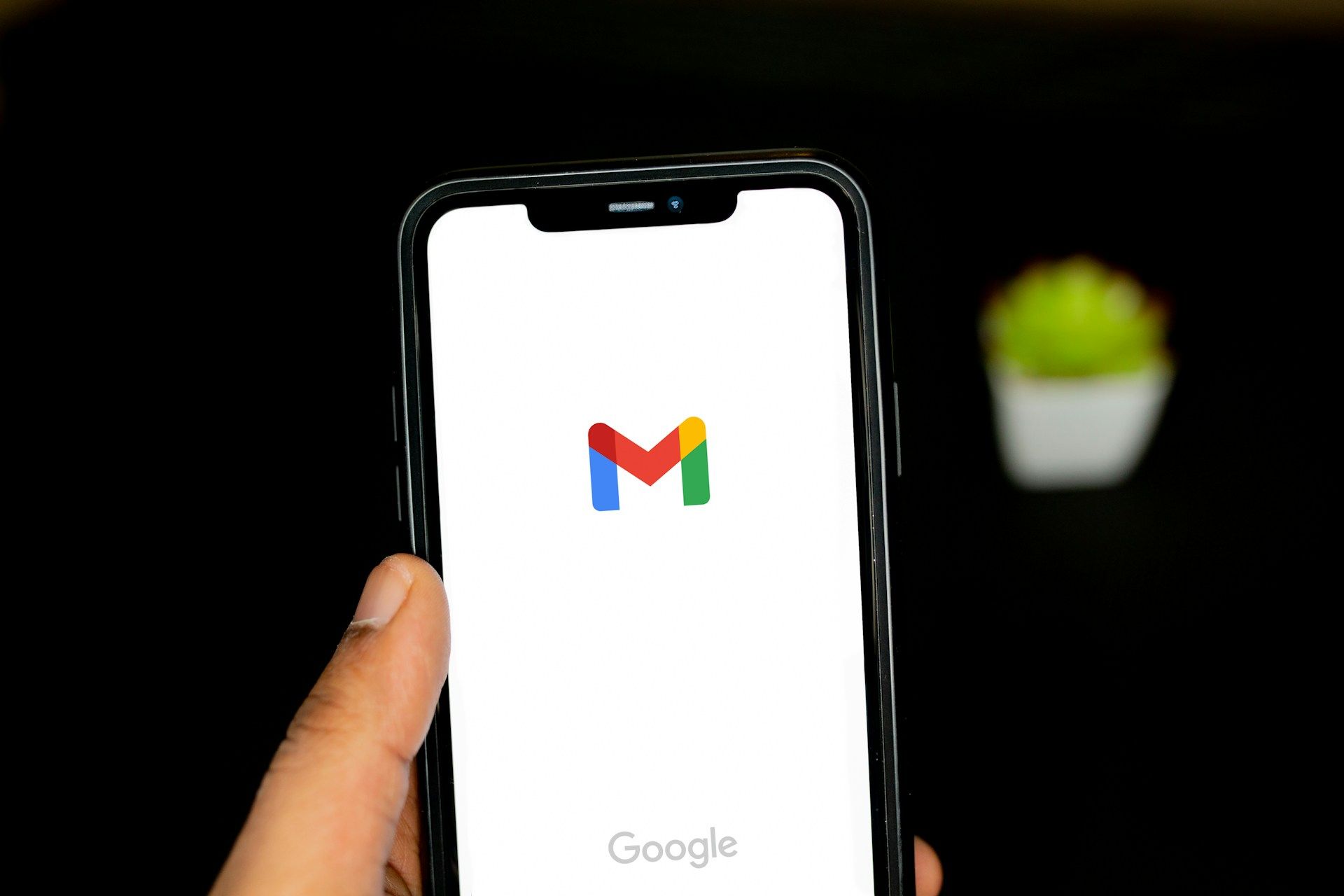Before my Vegas stint, I devoured poker bibles like Doyle Brunson's
Super System and David Sklansky's
The Theory of Poker. Years later, in college, my reading list included Nate Silver's
The Signal and the Noise, and Dale Carnegie's
How to Win Friends and Influence People. Cut to weeks ago when a few of my best friends were in town, and we went to Hollywood Casino Toledo to play some poker.
This is when it hit me. The strategies in poker and business... same ideas, different names.
And so, here is
part 1 of my 14 tactics and
strategies to help
see clearly when immersed in competitive environments.
1. Isolating Opponents (Poker) → Cornering the Market (Marketing)
Poker: Players raise aggressively to isolate a single opponent, aiming to simplify decision-making and increase the chances of winning the pot by reducing competition.
Marketing: Companies aim to dominate a specific market segment by outperforming competitors, often through superior products, pricing strategies, or targeted promotions, effectively reducing consumer choices and securing a larger market share.
2. Bluffing (Poker) → Guerrilla Marketing (Marketing)
Poker: Players bet or raise to represent a strong hand, even when holding a weak one, intending to induce opponents to fold superior hands.
Marketing: Brands employ unconventional and low-cost marketing strategies to create buzz and the illusion of a larger presence, such as viral campaigns or publicity stunts, maximizing impact with minimal resources.
3. Slow Playing (Poker) → Soft Launch (Marketing)
Poker: Players underbet, or don’t bet strong hands, to disguise their strength. Encouraging opponents to bet more, thereby increasing the potential pot.
Marketing: Companies release a product or service in a limited market or audience to test performance and gather feedback before a full-scale launch. Allowing for adjustments and improvements based on real-world data.
4. Continuation Betting (Poker) → Content Drip Strategy (Marketing)
Poker: After raising pre-flop, players continue to bet on subsequent streets (flop, turn, river) to maintain initiative and pressure opponents, often forcing folds from weaker hands.
Marketing: Brands consistently deliver content (such as blogs, emails, or social media posts) over time to maintain engagement, nurture leads, and guide potential customers through the sales funnel.
5. Playing the Player (Poker) → Customer Segmentation (Marketing)
Poker: Players adapt their strategies based on specific opponents' tendencies, exploiting known habits or weaknesses to gain an advantage.
Marketing: Businesses divide their target market into distinct groups based on characteristics like demographics or behavior, allowing for tailored marketing strategies that resonate more effectively with each segment.
6. Table Image Management (Poker) → Brand Reputation Management (Marketing)
Poker: Players cultivate a specific image (e.g., tight/aggressive or loose/passive) to influence opponents' perceptions and reactions, using this image strategically to their advantage.
Marketing: Companies actively manage public perception of their brand through public relations, social media, and customer engagement to build trust, loyalty, and a positive reputation in the marketplace.
7. Pot Odds & Expected Value (Poker) → ROI & Customer Lifetime Value (Marketing)
Poker: Players calculate pot odds and expected value to determine whether a call or bet is profitable in the long run, based on the potential return relative to the risk.
Marketing: Businesses assess the return on investment (ROI) of marketing campaigns and consider customer lifetime value to ensure that the long-term benefits justify the costs, guiding strategic decisions.
These parallels illustrate how strategic thinking in poker can provide valuable insights into effective marketing tactics, highlighting the universal application of game theory principles in competitive environments.





